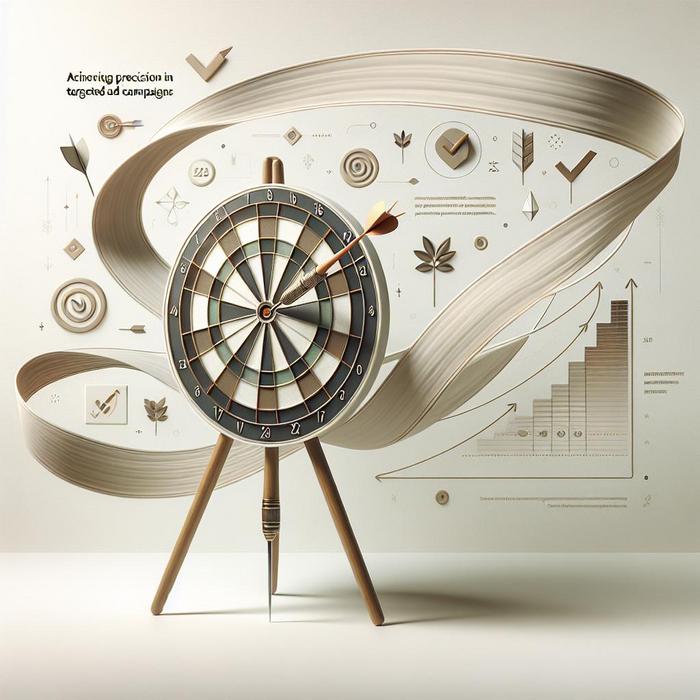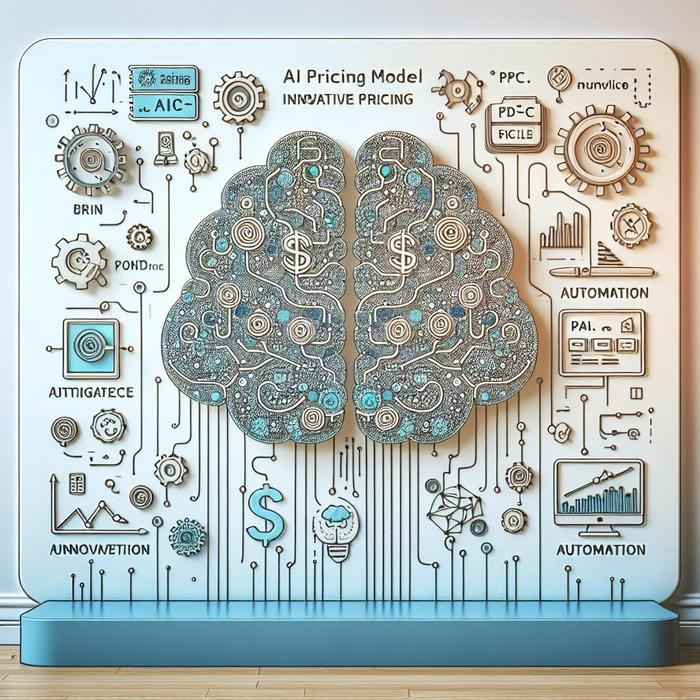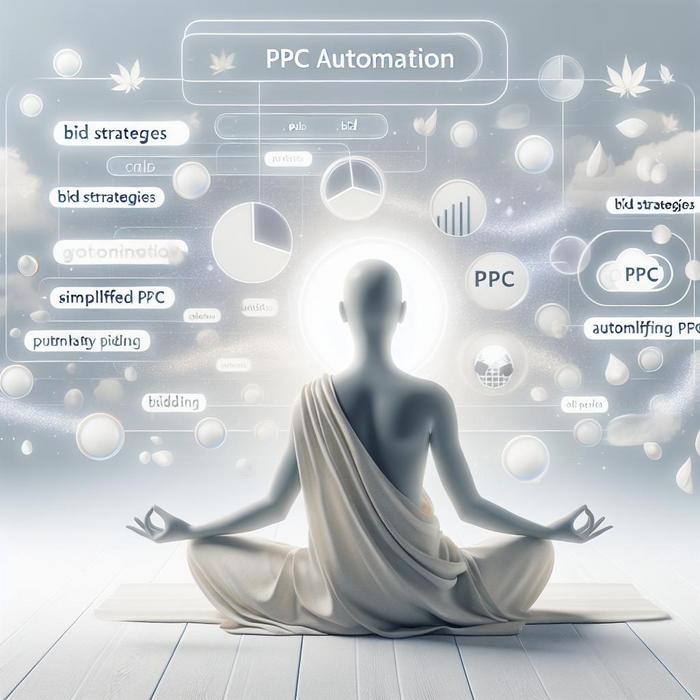A Paradigm Shift in Digital Advertising
In a rapidly evolving marketplace, it’s essential to approach digital marketing strategies with innovative thinking. The fundamental principles of bid management have been revolutionized by certain game-changing strategies, refocusing efforts towards optimizing the value derived from each conversion. Chief among these strategies is an approach that enables businesses to tap into the infinite potential of their video action campaigns.
Executives at the helm of large corporations are no strangers to the high stakes world of digital advertising. Their roles demand the ability to parse through swiftly changing market trends and translate them into actionable insights. To navigate these challenging waters, a revitalized approach towards bid management could be the lighthouse they need.
Maximizing Conversions: The New Normal
In the past, the core objective of bid management strategies was to garner the maximum number of conversions. However, today’s advanced strategies are designed to focus not just on sheer numbers, but on overall value as well. This new perspective transcends the traditional pay-per-click (PPC) approach to advertising, which is prevalent on platforms such as Google, Meta, and TikTok, among others.
This transformation in approach is underpinned by the two critical strategies of Max Conversion Value and Target ROAS (tROAS). Leveraging these strategies could bring about a substantial shift in the way businesses perceive and handle their online ad campaigns.
AI’s increasing role in bid management also introduces new ways to analyze and predict market demands, enabling businesses to tailor their strategies to trend forecasts in real time.
Digital Platforms: A Comparative Overview
When it comes to digital platforms used for advertising, selection is based on numerous factors, including the platform’s reach, user base, and ad targeting capabilities.
Google, with its diverse suite of user-friendly ad creation and management tools, offers marketers unparalleled reach and sophisticated targeting options. On the other hand, Meta, known for its robust social media platforms, offers businesses unique ways to interact and engage with their audience. TikTok, the rapidly growing video-sharing platform, provides brands with the opportunity to create engaging video content and reach a younger, more dynamic demographic.
Understanding the strengths and weaknesses of these major digital platforms is a crucial step towards implementing an effective bid management strategy. A comprehensive analysis of these platforms allows for a deeper understanding of their contribution towards maximizing the value derived from each conversion.
Industry reports suggest a rise in the adoption rate of advanced bid management tools and techniques by major players across sectors. This trend signifies the increasingly important role such tools will play in shaping the future of digital advertising.
Ahead of the Curve: Adopting Value-Driven Strategies
Recognizing the shift towards value-driven advertising strategies is vital for C-suite executives. Implementing these principles in their strategic decision-making processes could potentially drive business growth and provide a competitive edge.
Search trends and market demand fluctuations create a complex landscape that requires constant monitoring and adaptation. Competitive bidding strategies, when combined with value-based optimization approaches, can provide an innovative solution for companies seeking to stay one step ahead.
The ever-increasing complexities of the digital advertising world might seem daunting. However, with the right strategies and a firm understanding of market demand trends, businesses can chart out a successful course. Enterprises that revamp their bid management strategies to align with these paradigms unlock the pathway to optimize their marketing ROI, ultimately driving their business towards sustained success.
Artificial Intelligence in Ad Bidding
In the realm of digital marketing, artificial intelligence (AI) has revolutionized the traditional ways of operation. As the pace of the digital marketplace continues to escalate, AI is transforming businesses by providing valuable insights and data for improved decision-making processes. This is particularly significant for high-level executives who aim to make competitive choices in the volatile digital market space.
On the cutting edge of this change is the use of AI in ad buying and user targeting. The growing relevance of strategic methods such as Max Conversion Value and Target ROAS within the advertising sphere highlights the evolution from outdated PPC strategies. These strategies demonstrate how AI can improve targeting precision in ad campaigns and drive conversions.
Google Vs Meta: Exploring Different Advertising Platforms
In the world of digital advertising, the perennial question remains – which platform demonstrates the highest profitability for ad campaigns? Let’s take a look at the two most popular platforms – Google and Meta.
Google’s extensive reach, coupled with its intricate ad creation tools and sophisticated audience targeting options, provides a multi-faceted platform for advertisers. However, Meta, with its formidable social media presence, supplies unique modes of engagement and interaction with audiences that complement businesses of varying scales.
While Google reaches a broad spectrum of users with varying demographics, Meta invests heavily in audience engagement and relationship building. It is important for businesses to determine their priorities regarding reach, engagement, and user demographics before selecting an advertising platform in line with their growth objectives.
Digital Advertising Trends: Navigating the Competing Waters
State-of-the-art proposal management softwares are making waves in the digital marketing industry. This technology is supporting companies to navigate the competitive landscape of digital advertising.
To stay ahead in these competitive waters, executives are looking beyond traditional bid management approaches. They are embracing the shift towards value-driven strategies in order to maintain a competitive edge. But the challenge doesn’t end here.
Reacting to market fluctuations, analyzing search trends and adjusting strategy to meet the changing landscape is equally important. It is here that insights drawn from innovative ad technologies and their precise application comes into play.
Expanding Horizons: Rethinking Advertising Strategies in the Age of TikTok
With the phenomenal rise of TikTok, the digital ad space has witnessed a surge in video content marketing. Brands are investing in creating engaging content for the video-sharing platform, reaching a younger, dynamic demographic.
While the tremendous potential of TikTok advertising exists, it is equally crucial to navigate its unique demands effectively. Thereby, high-level executives are encouraged to leverage the cutting-edge developments in bid management methodologies to make the most of their advertising strategies on TikTok.
A shift from the traditional standpoints of bid management, such as PPC, towards an emphasis on maximizing value from each conversion is a driving force behind many businesses’ continued success on TikTok.
In conclusion, value-based optimization is the key to unlocking digital advertising potential in the 21st-century marketplace. Recognizing the shift, understanding market demand trends, and implementing value-based strategies consistently could be the levers that drive significant growth in the increasingly competitive digital advertising landscape. Mastering the art of ROI growth with strategic ad placement is the call of the hour to sustain success.











